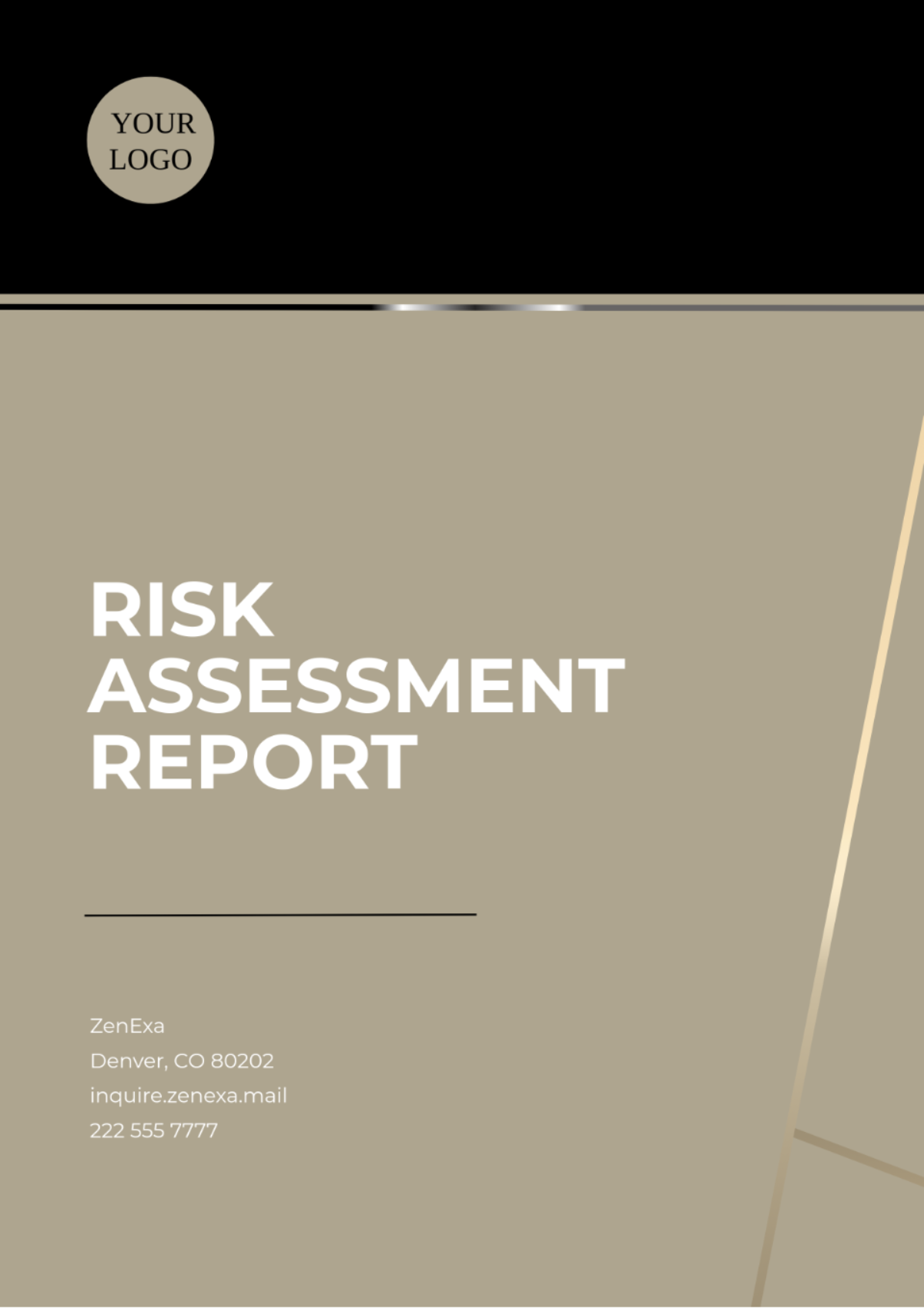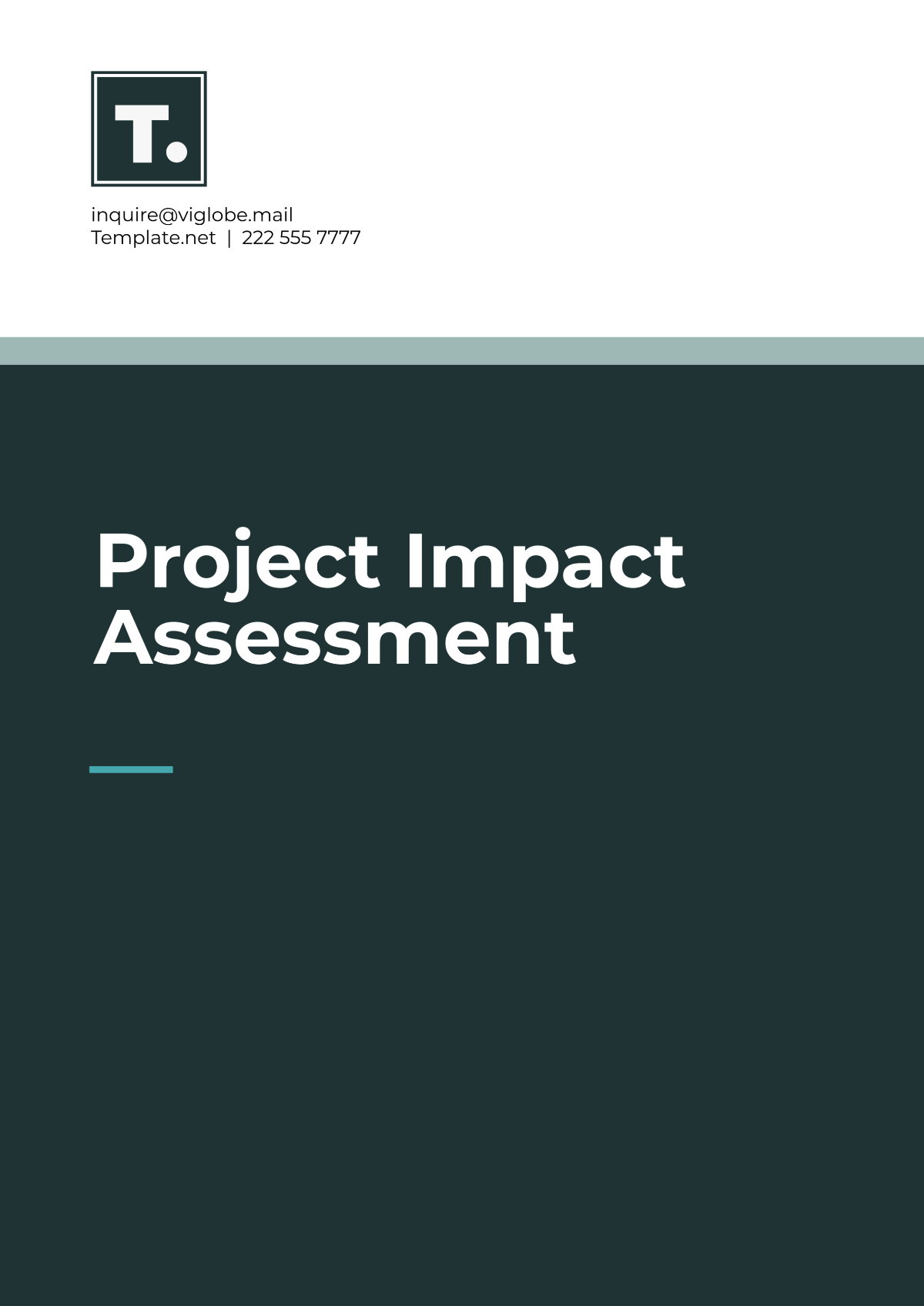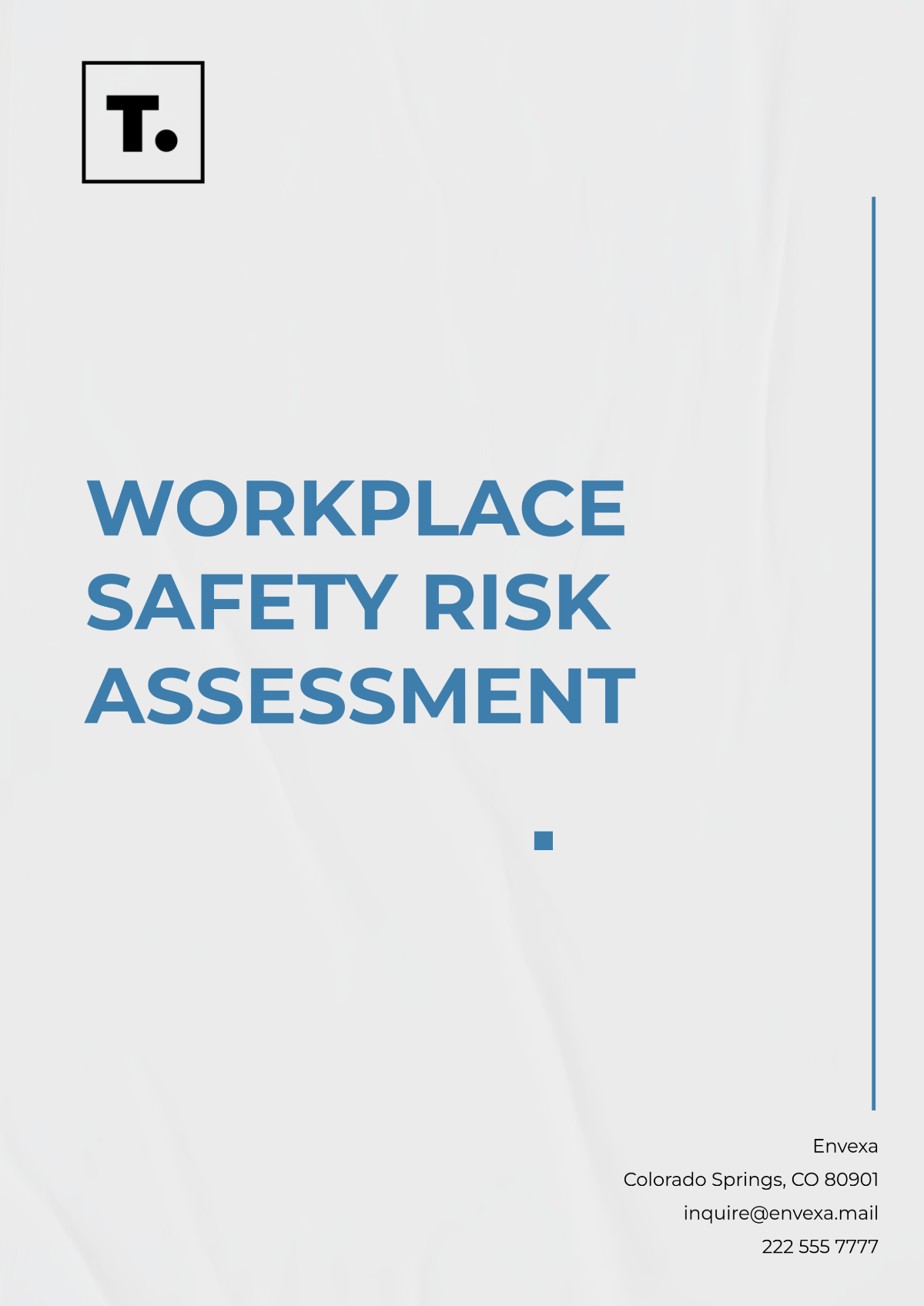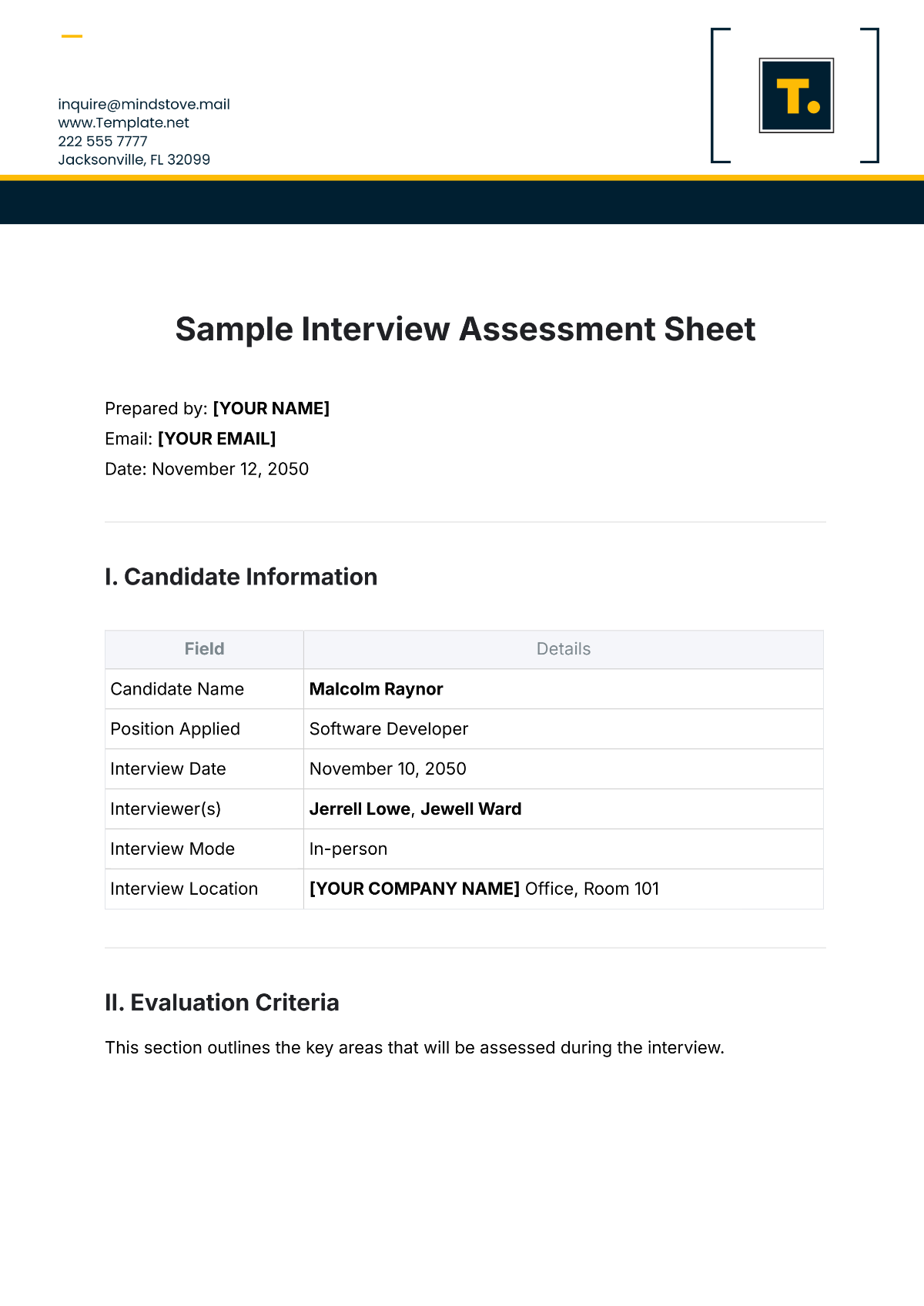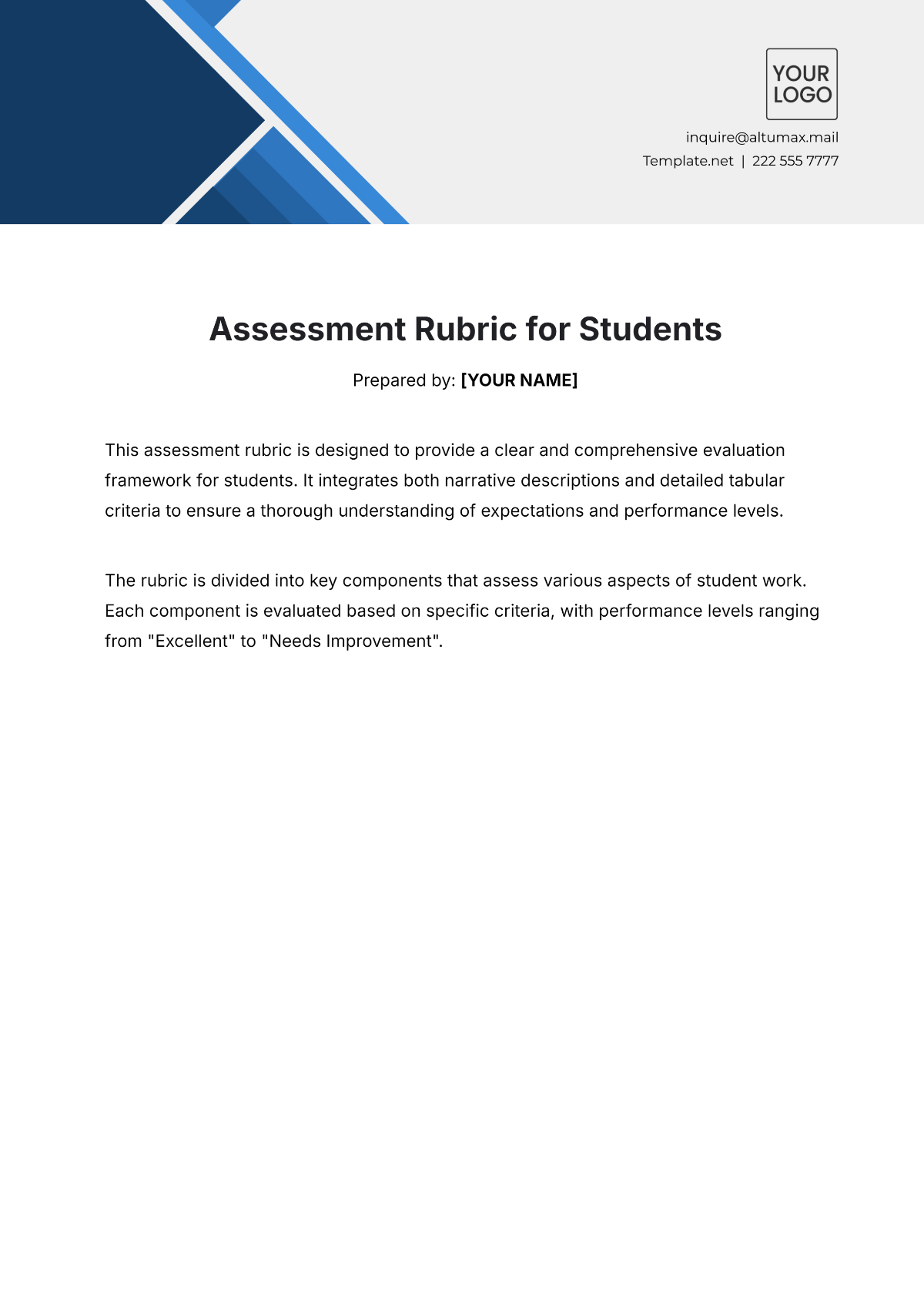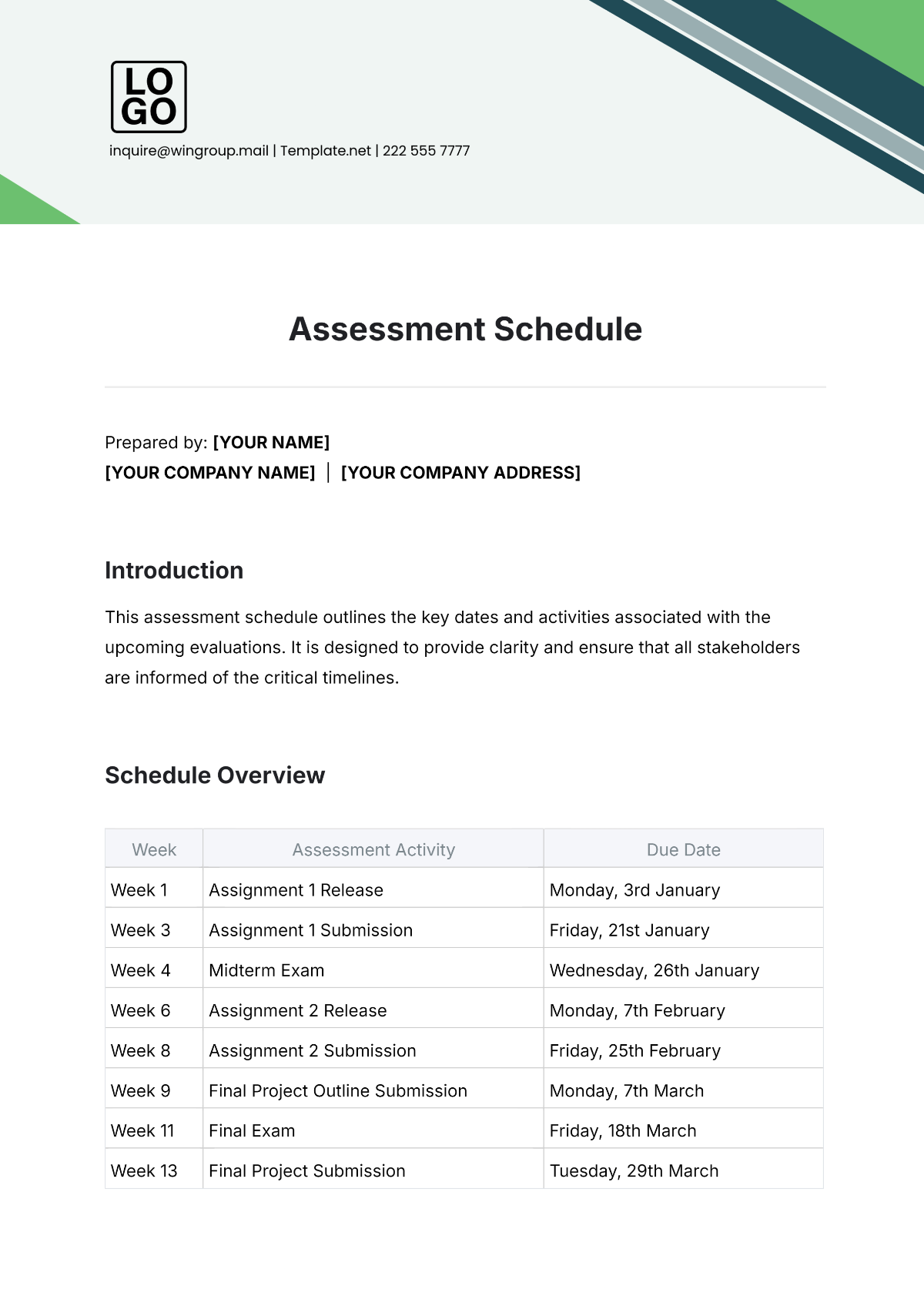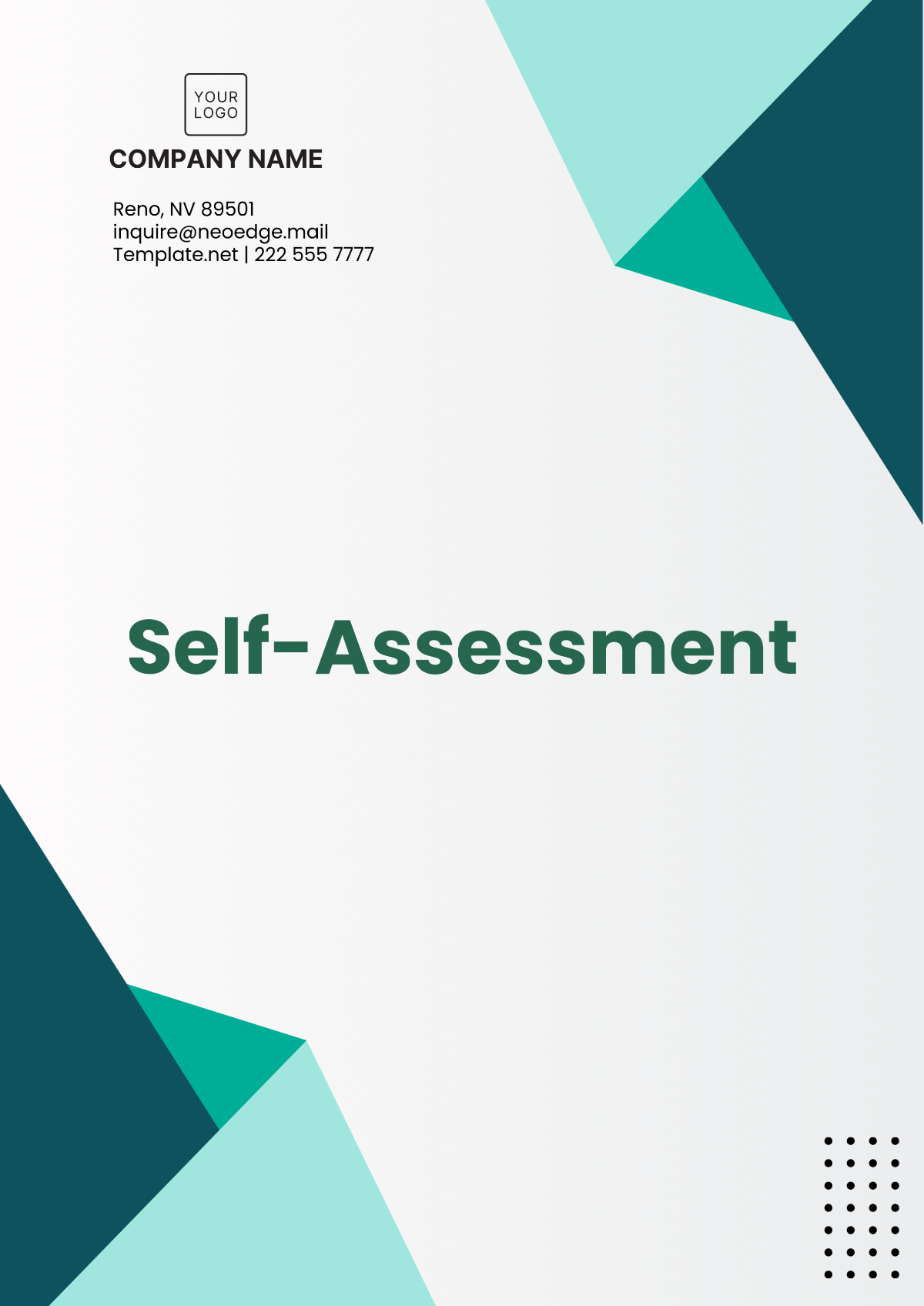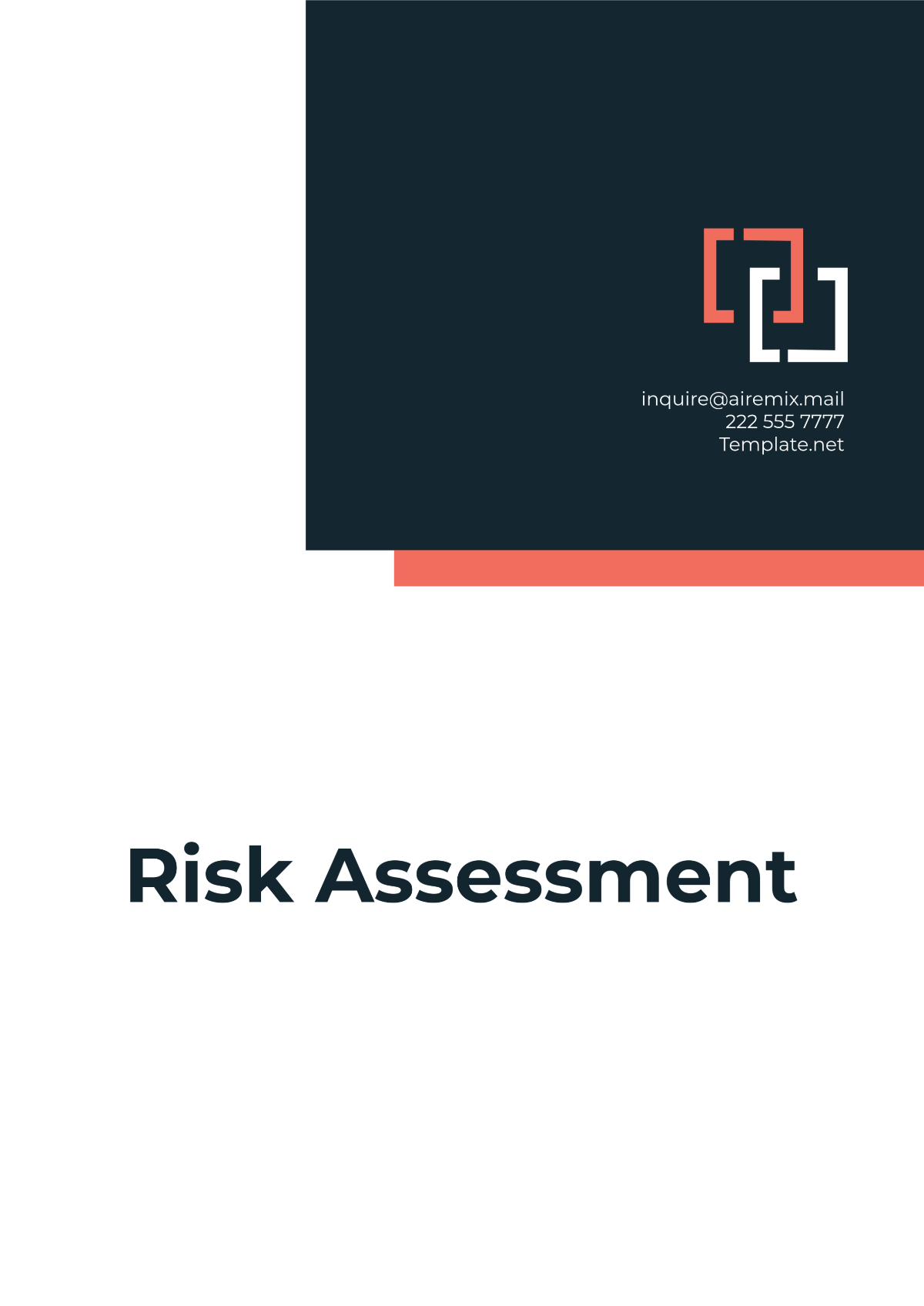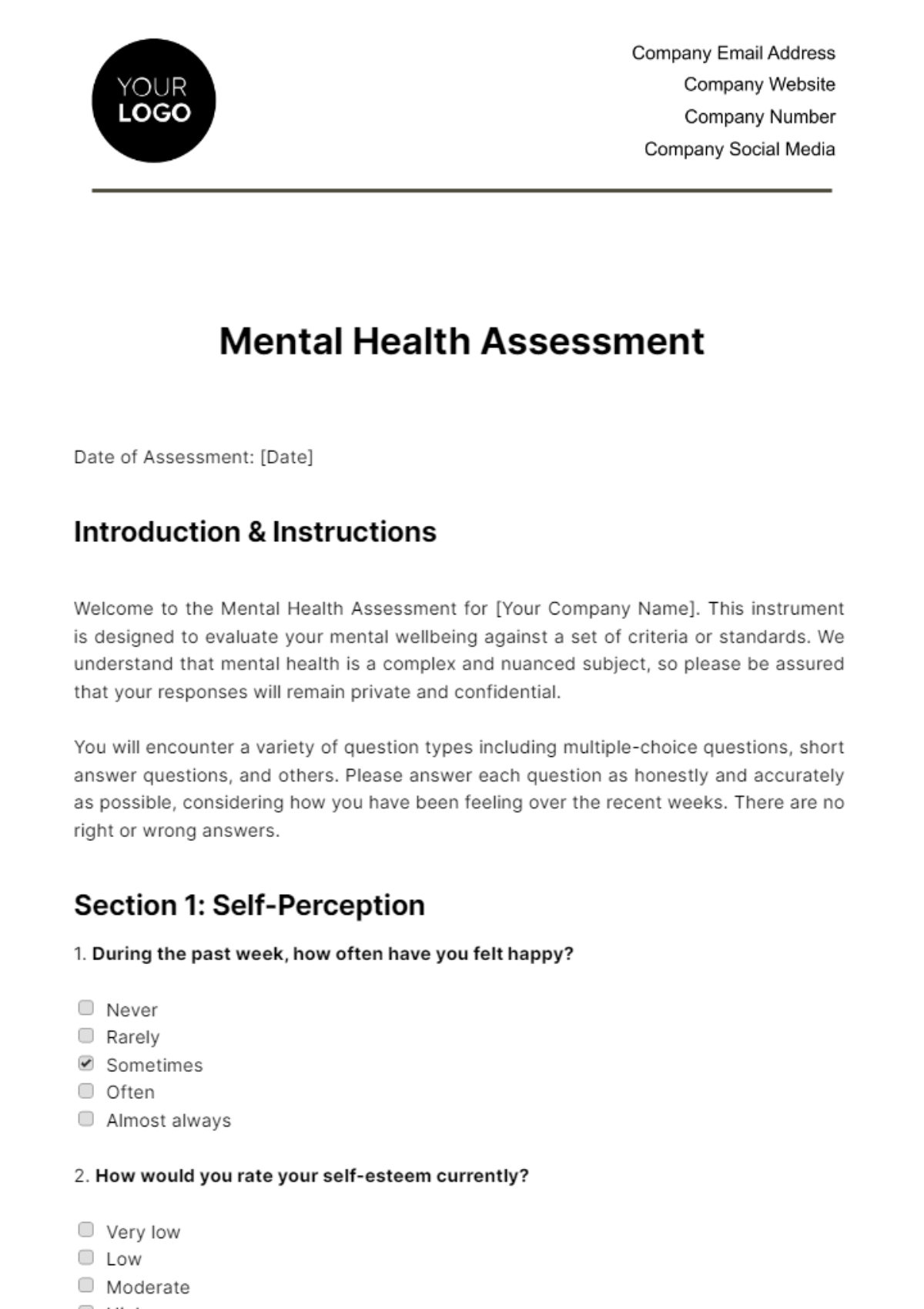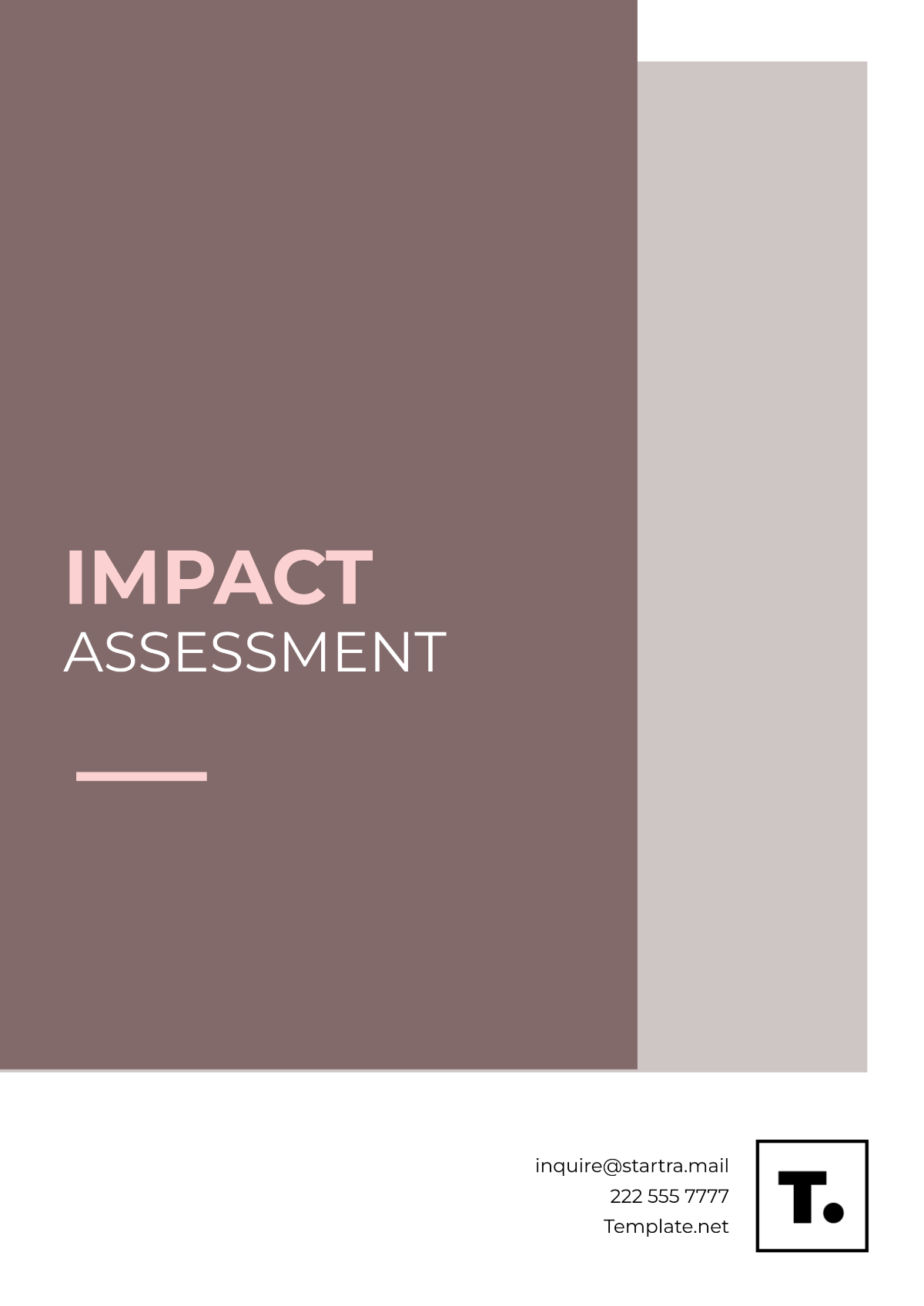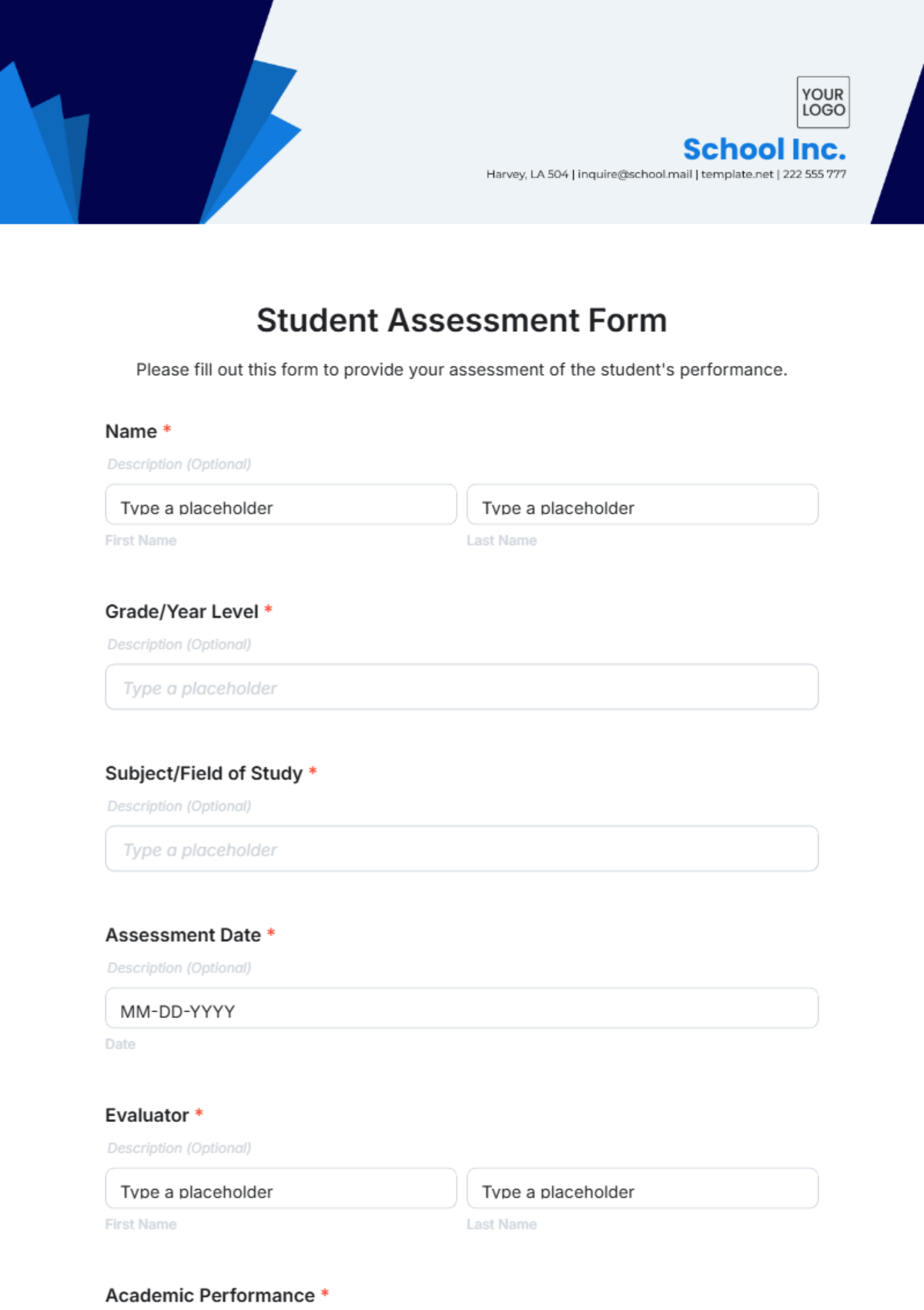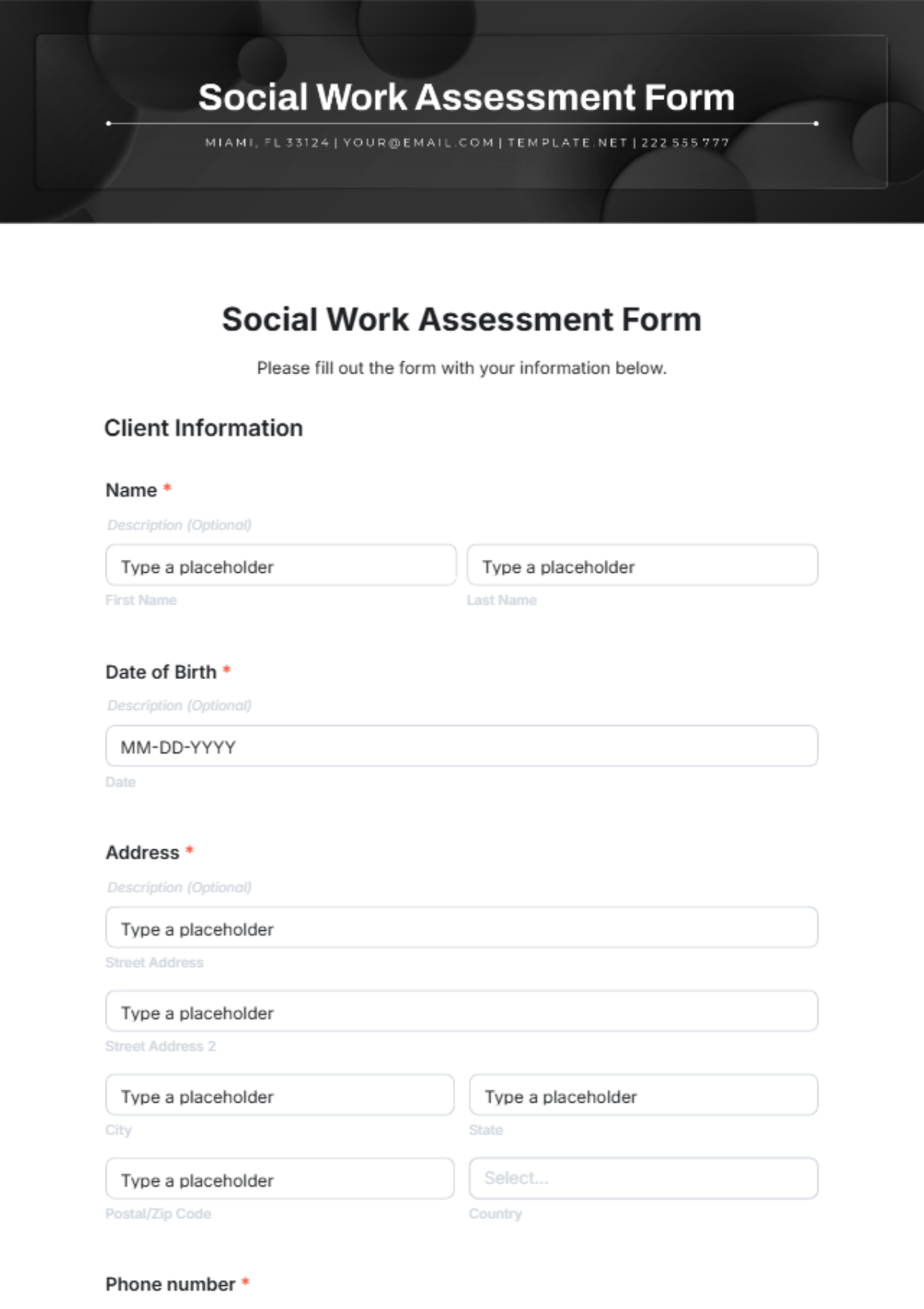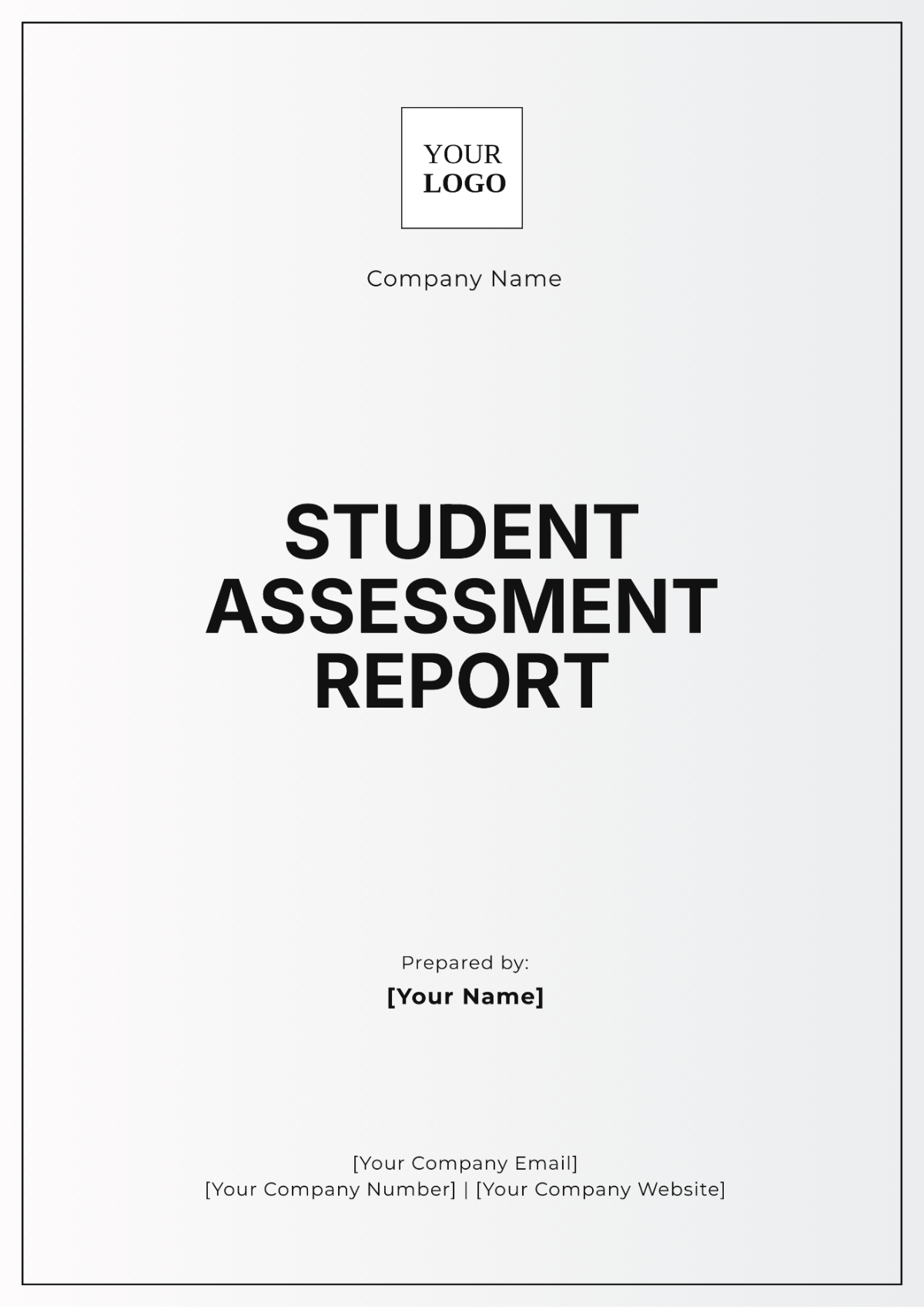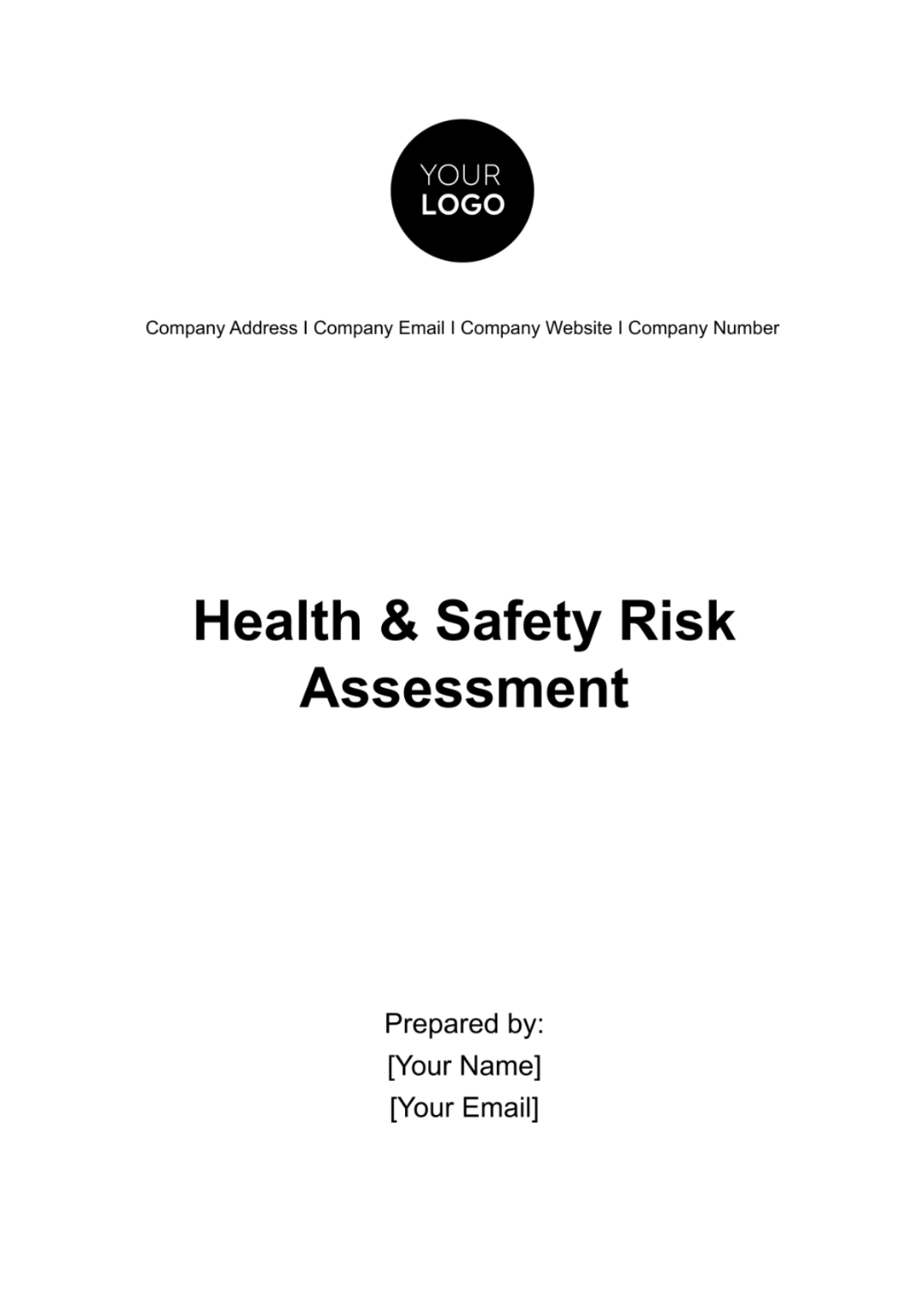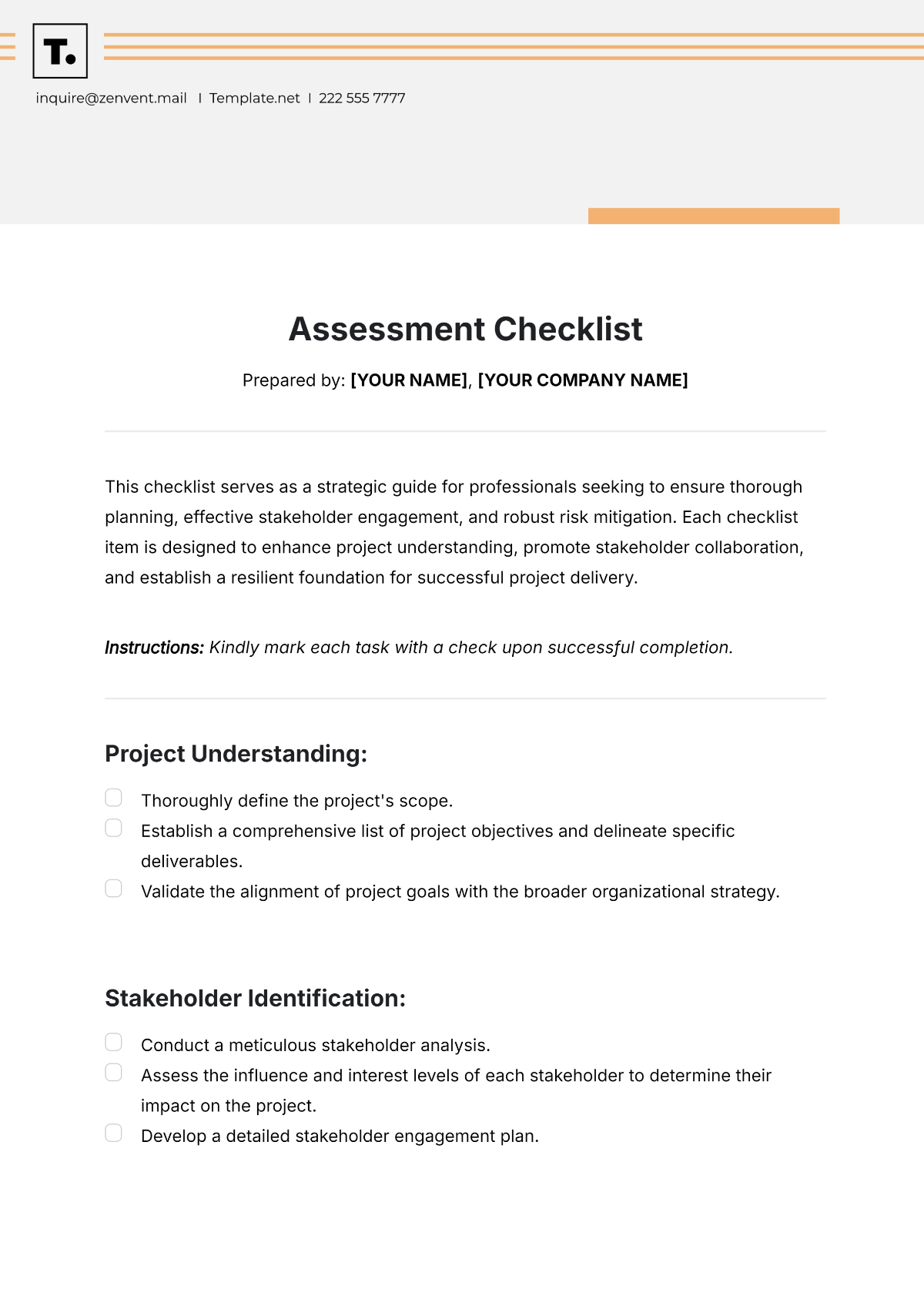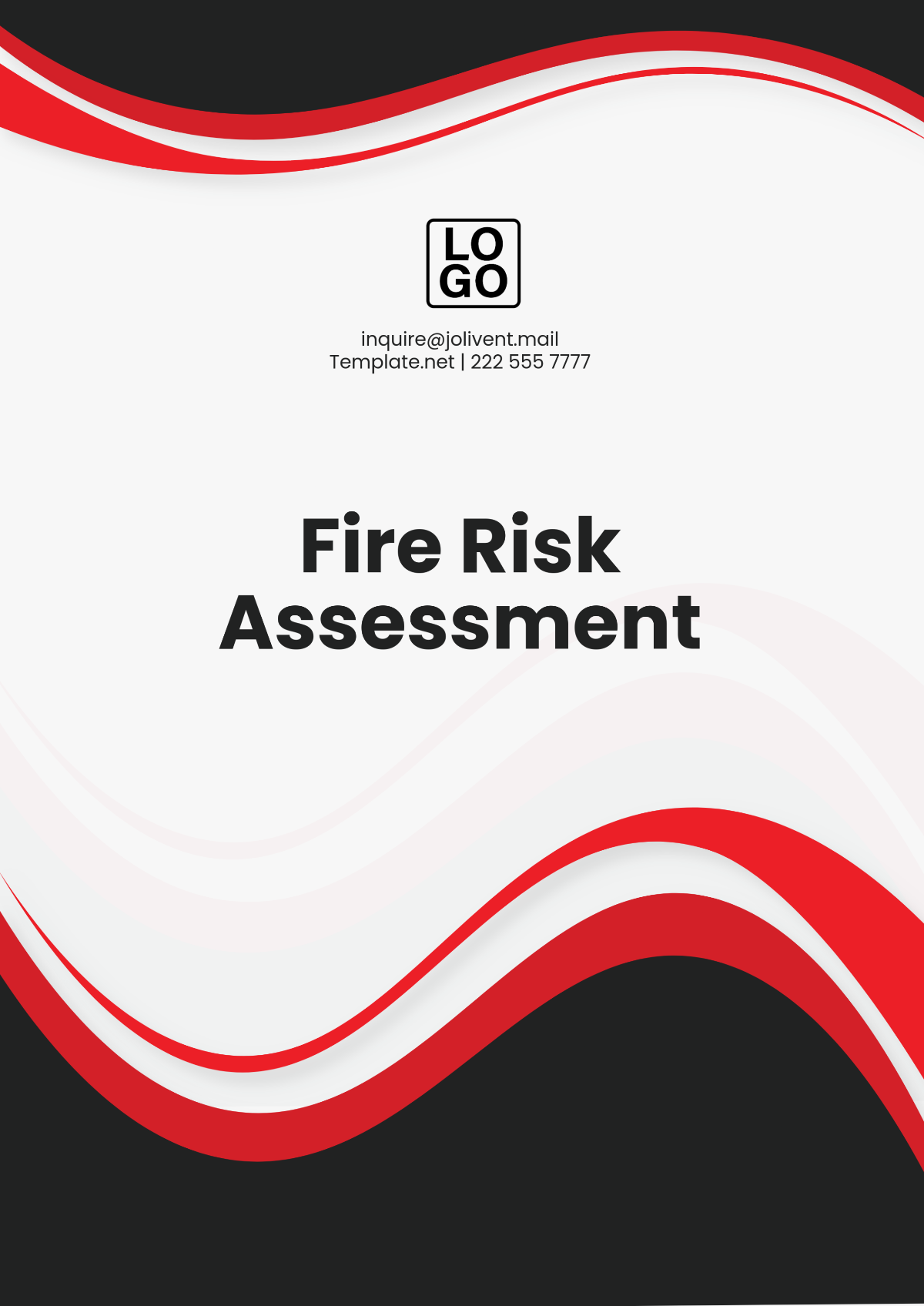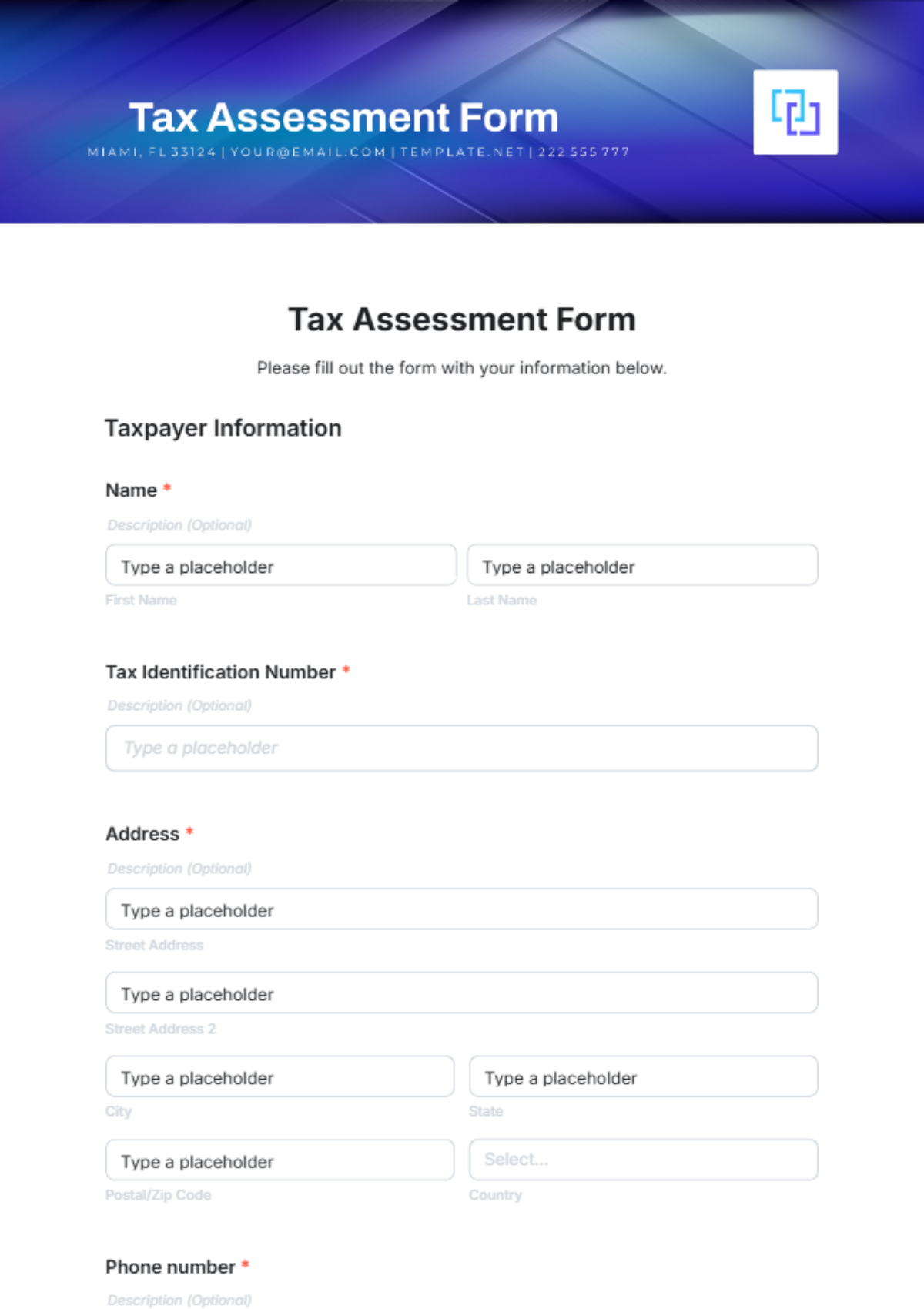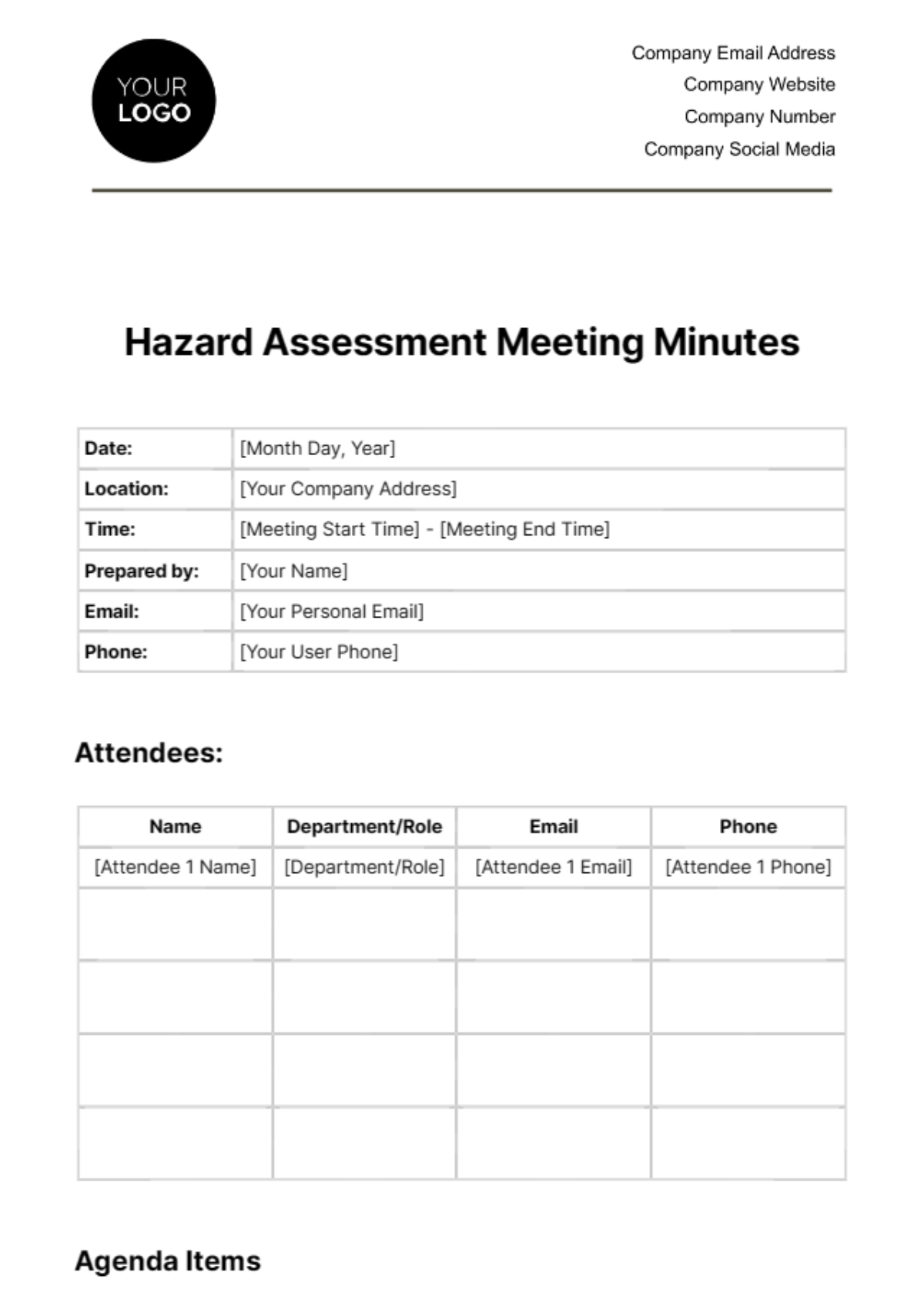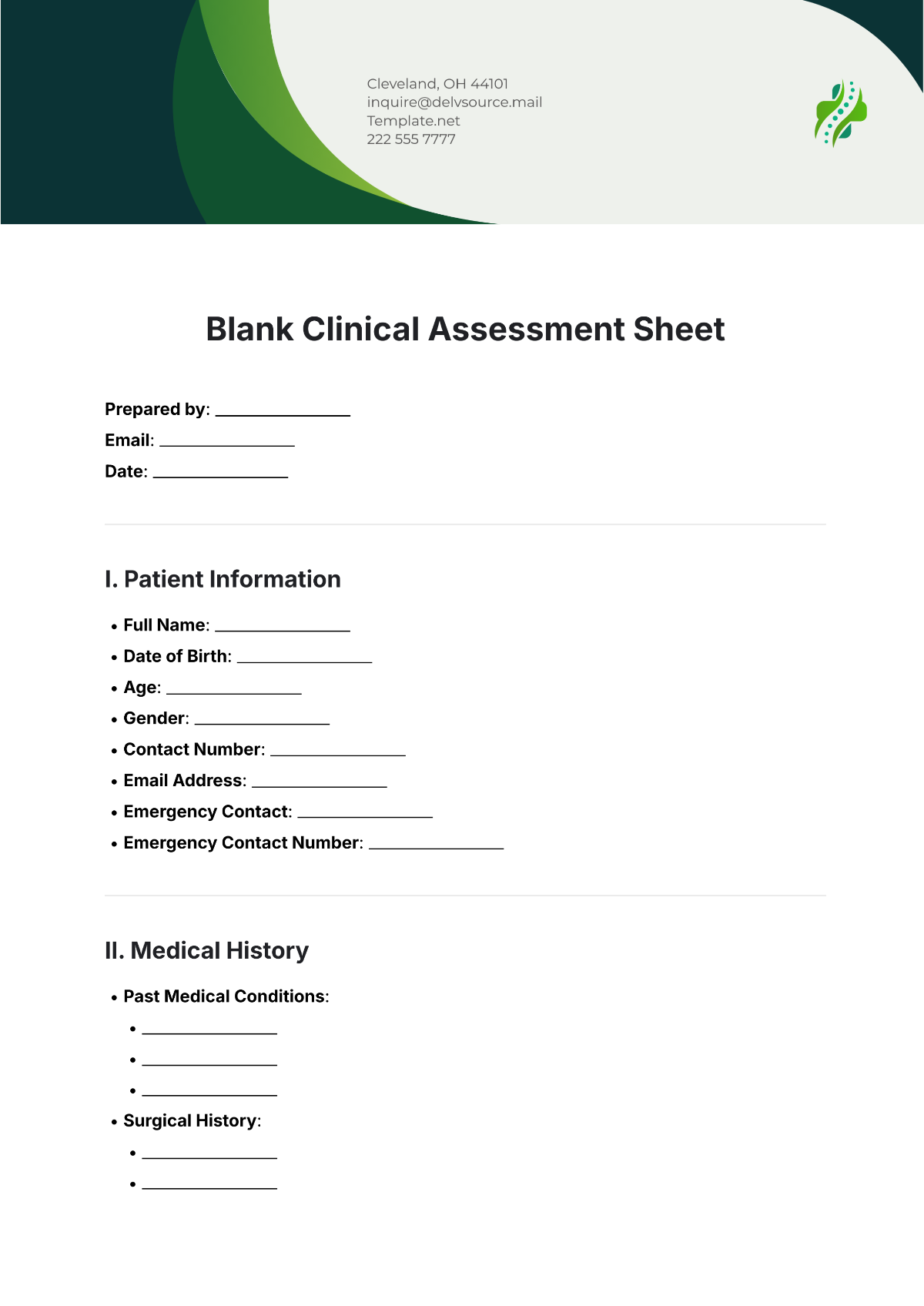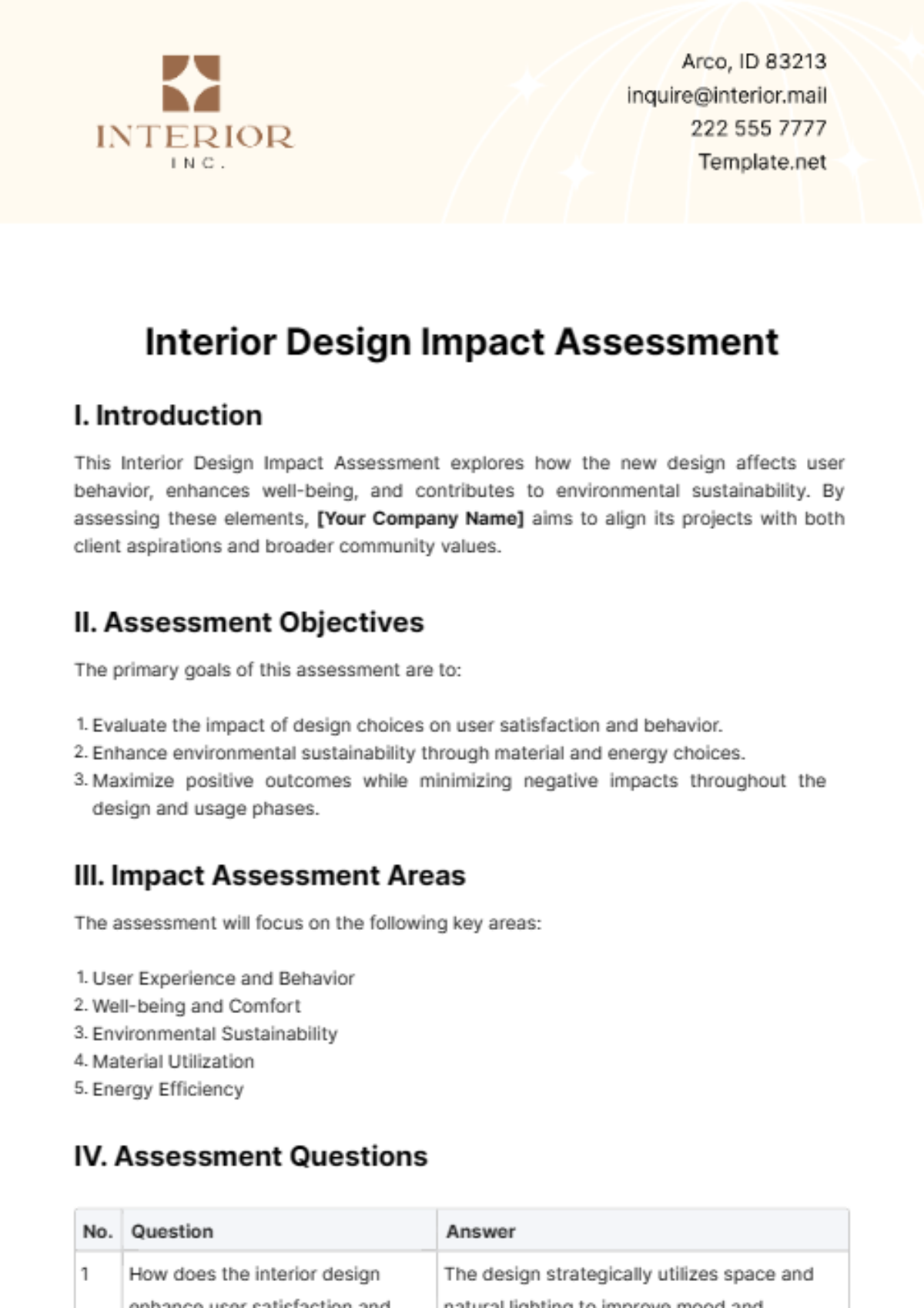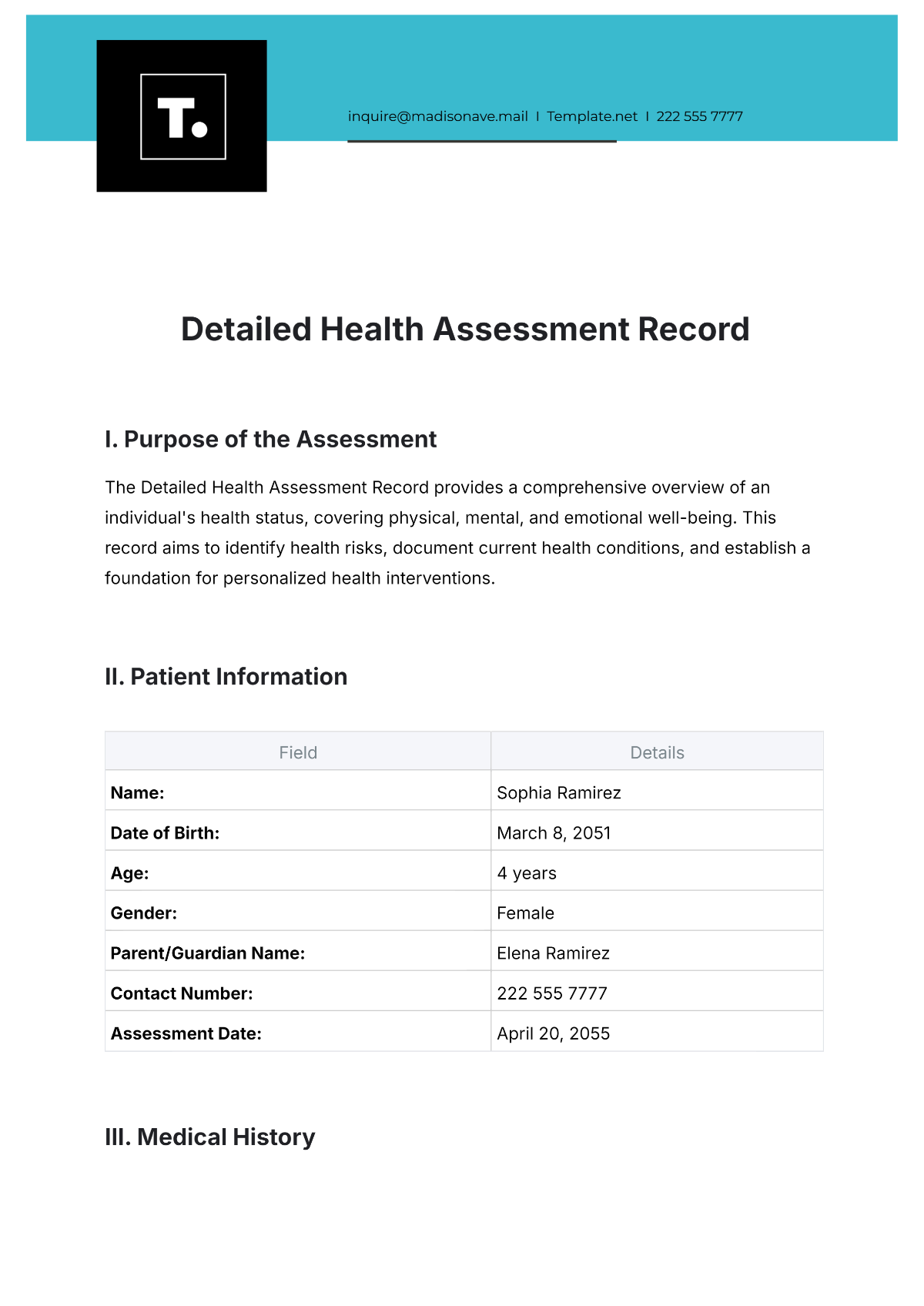RISK ASSESSMENT REPORT
Prepared by: [Your Name]
I. Executive Summary
The Risk Assessment Report provides an analysis of potential risks that could impact the organization. This document outlines the risks identified, assesses their potential impact, and suggests mitigation strategies. The intent is to ensure a proactive approach to risk management, aligning strategies with organizational goals.
II. Risk Identification
1. Internal Risks
A. Operational Risks
Operational risks arise from inefficiencies or breakdowns in internal processes, systems, or human errors. These risks can result in financial loss and reputational damage.
Risk | Impact | Probability |
|---|
Equipment Malfunction | High | Medium |
Process Errors | Medium | High |
B. Financial Risks
Financial risks involve unexpected losses due to market fluctuations, credit availability, or liquidity constraints. These risks can undermine the financial stability of the organization.
Market Volatility
Credit Risk
Liquidity Risk
2. External Risks
A. Regulatory Risks
Regulatory risks emerge when changes in laws and regulations affect the organization. Non-compliance can lead to fines and operational limits.
B. Cybersecurity Risks
This category of risk involves the threat of unauthorized access to information systems, potentially leading to data breaches and loss of sensitive information.
Threat | Vulnerability | Impact |
|---|
Malware Attacks | System Weakness | High |
Phishing | User Negligence | Medium |
III. Risk Analysis
Risk analysis involves evaluating the likelihood and consequence of identified risks. This process helps in prioritizing risk management efforts by focusing on high-impact and high-probability risks.
1. Risk Probability Assessment
Probability assessment estimates the likelihood of risk occurrences. Factors influencing probability may include historical data, industry trends, and expert judgment.
2. Impact Assessment
Evaluating risk impact involves understanding potential consequences such as financial loss, reputational damage, and operational disruption. The impact is often categorized as low, medium, or high.
IV. Risk Mitigation Strategies
1. Avoidance
Risk avoidance requires altering plans to sidestep risks entirely. Techniques include restructuring projects, changing suppliers, or discontinuing risky operations.
2. Transfer
Risk transfer involves outsourcing risk to a third party, typically through insurance or subcontracting. This approach reduces the organization's responsibility in managing specific risks.
3. Mitigation
Mitigation strategies are designed to minimize the impact or likelihood of risks. This could involve enhancing processes, investing in technology, or training employees.
4. Acceptance
Some risks are accepted when mitigation is not financially feasible, or when the impact is negligible. Acceptance entails recognizing and monitoring the risk without specific actions.
V. Conclusion
The Risk Assessment Report highlights the multifaceted nature of risks facing the organization, providing a comprehensive overview of threats and suggesting robust mitigation strategies. Effective risk management is essential for organizational resilience, promoting sustainability and growth in an ever-evolving business landscape.
Report Templates @ Template.net
